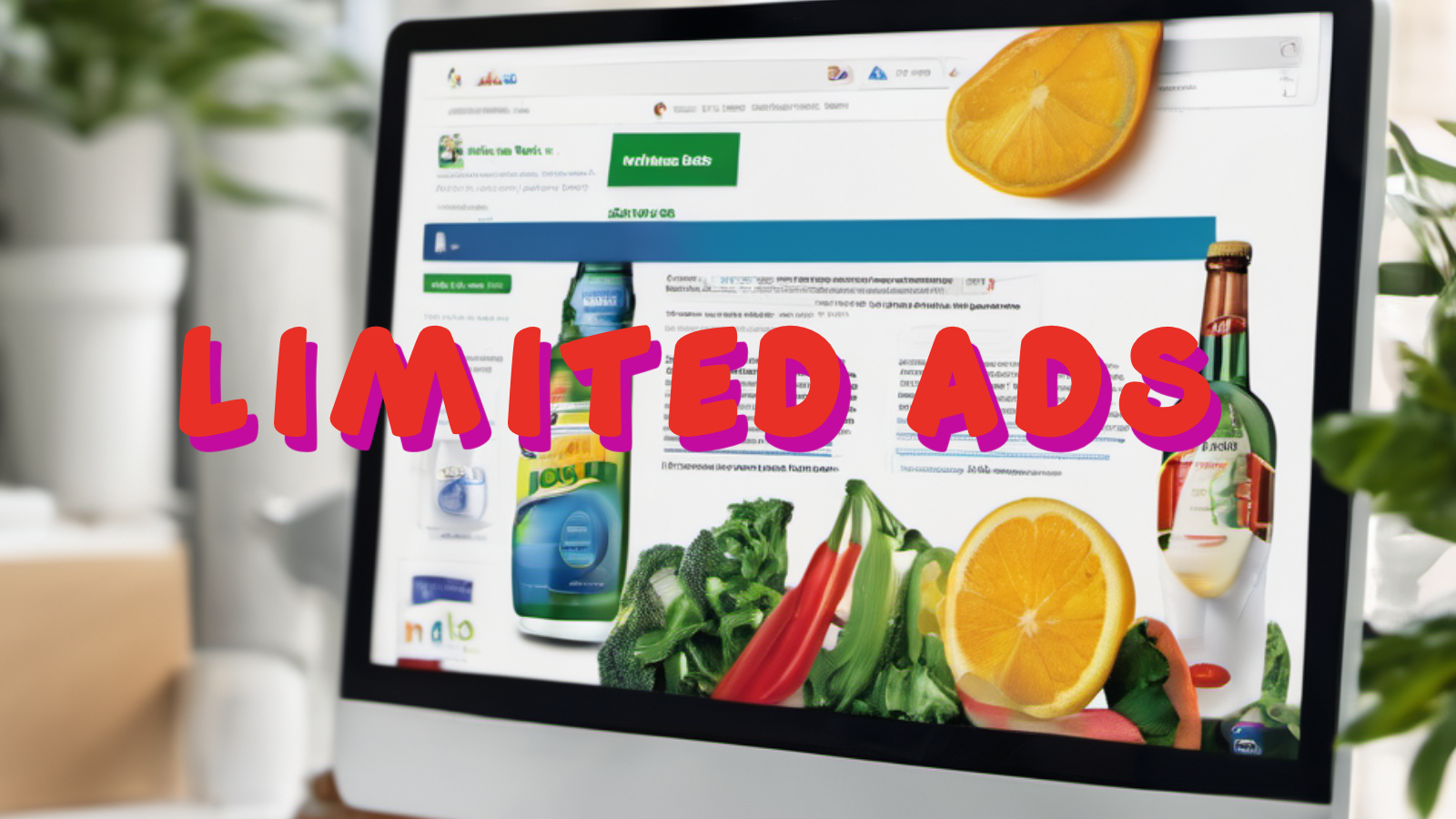Google to open demand for Limited Ads (LTD) in Q1 2024
Google this week announced plans to introduce programmatic bidding support for inventory eligible for Limited Ads.

Google this week announced plans to introduce programmatic bidding support for inventory eligible for Limited Ads. This new serving mode, slated for launch in the first quarter of 2024, will allow publishers to tap into contextual programmatic demand while delivering Limited Ads, which offer enhanced privacy protections for users.
The introduction of programmatic bidding for Limited Ads will bring significant benefits to publishers. By enabling demand from Google Demand, Authorized Buyers, Open Bidders, and SDK Bidding, publishers can maximize the reach and value of their inventory, even when users have opted out of more intrusive ad formats.
To ensure the effectiveness of programmatic bidding in this context, Google will utilize invalid traffic detection-only cookies and local storage regardless of user consent signals. This approach addresses the challenges associated with invalid traffic, a critical issue for programmatic advertising.
However, in recognition of the evolving regulatory landscape and the varying perspectives on user consent for these technologies, Google has made this feature optional. Publishers must carefully assess their legal obligations and consult with their legal teams to determine whether this feature aligns with their compliance requirements.
For publishers that do not wish to utilize invalid traffic detection-only cookies and local storage without user consent, there is an option to opt out of this feature. Google has provided detailed guidance in its help center articles for Ad Manager, AdMob, and AdSense, outlining the process for opting out.
Programmatic demand will be enabled (and an invalid traffic-only cookie & local storage used) when (1) there is no certified CMP present, (2) when the <D=1 flag is in the ad request, or (3) a user has declined consent for Purpose 1 of IAB Europe’s Transparency and Consent Framework (TCF), and the signal for all other lawful bases required for Limited Ads are present in the TC string.
What are Limited Ads
Limited ads is a serving mode that allows publishers to serve ads in a way that respects user privacy preferences. When enabled, Limited ads will disable the collection, sharing, and use of personal data for ad personalization. This means that ads will not be tailored to individual users based on their interests or browsing history.
Limited ads can be useful for publishers who want to comply with data protection laws such as GDPR and CCPA. It can also be helpful for publishers who want to provide a better user experience by minimizing the amount of privacy-intrusive ads that are served to their visitors.
However, there are some trade-offs associated with using Limited ads. Ads may be less relevant to users, and publishers may earn less revenue as a result. Additionally, some advertisers may not be willing to bid on inventory that is eligible for Limited ads.
Overall, Limited ads is a tool for publishers who want to balance their privacy obligations with their business goals.
Benefits
- Comply with data protection laws such as GDPR and CCPA
- Provide a better user experience by minimizing privacy-intrusive ads
- May be less likely to experience ad fraud
Drawbacks
- Ads may be less relevant to users
- Publishers may earn less revenue
- Some advertisers may not be willing to bid on inventory that is eligible for Limited ads
Google's Limited Ads: A Privacy-Focused Ad Serving Mode for the EU
In the wake of the General Data Protection Regulation (GDPR), Google has introduced a new ad serving mode called Limited Ads. This mode is designed to help publishers comply with GDPR requirements by limiting the collection and use of personal data for ad personalization.
What are Limited Ads?
Limited Ads is a serving mode that disables the collection, sharing, and use of personal data for ad personalization. This means that ads served through Limited Ads will not be based on users' interests or browsing history.
Why are Limited Ads important?
The GDPR requires organizations to obtain explicit consent from users before collecting, using, or sharing their personal data. Limited Ads makes it easy for publishers to comply with this requirement, as it does not require the collection of user consent.
How does Limited Ads work?
Limited Ads works by using a technology called the Private State Token API. This API allows Google to verify that a user has not given consent for the use of their personal data for ad personalization. If a user has not given consent, Google will serve an ad that is not personalized to their interests or browsing history.
How can publishers use Limited Ads?
There are a few ways that publishers can use Limited Ads:
- Explicitly trigger Limited Ads: Publishers can explicitly trigger Limited Ads by specifying a
ltd=1parameter in the ad tag URL. - Use the IAB TCF v2.2: Publishers can use the IAB TCF v2.2 consent framework to inform Google that they want to serve Limited Ads.
- Use the GMA SDK: Publishers can use the
gad_has_consent_for_cookieskey in the GMA SDK to enable Limited Ads on Android and iOS devices.

